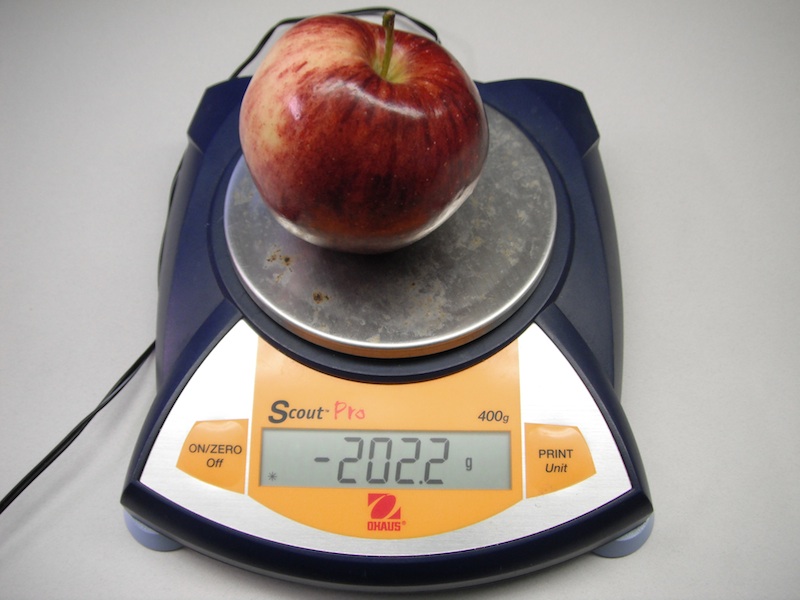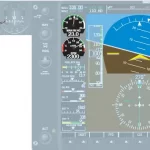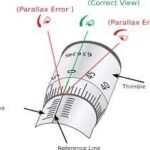1) Error of a physical measure: It is the difference between the nominal value and the conventional true value reproduced by the physical measure.
2) Error of a measuring mechanism: It is the difference between the value indicated by the measuring mechanism and the conventional true value of the measured quantity.
3) Zero error: It is the indication of a measuring instrument for the zero value of the quantity measured.
4) Calibration error of a physical measure: It is the difference between the conventional true value reproduced by the physical measure and the nominal value of that measure.
5) Complementary error of a measuring instrument: It is the error of a measuring instrument arising from the fact that the values of the influence quantities are different from those corresponding to the reference conditions.
6) Error of indication of a measuring instrument: It is the difference between the measured values of a quantity, when an influence quantity takes successively two specified values, without changing the quantity measured.
7) Error due to temperature: It is the error arising from the fact that the temperature of instrument does not maintain its reference value.
8) Error due to friction: It is the error due to the friction between the moving parts of the measuring instruments.
9) Error due to inertia: It is the error due to the inertia (mechanical, thermal or otherwise) of the parts of the measuring instrument.


